
Leaked Images Suggest Mahindra XUV700 Production May Have Begun
- Aug 20, 2021
- Views : 12476

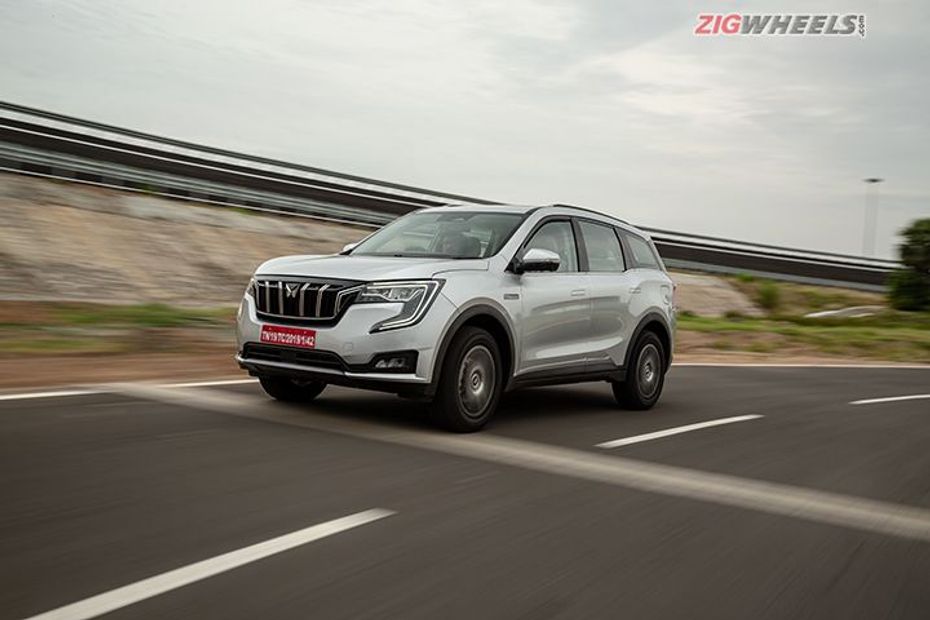
On the eve of India’s 75th Independence Day, Mahindra declared war on all carmakers in India, on all cars - from hatches to big SUVs and everything in between, by unveiling the XUV700.
It was of course expected that the XUV500 replacement would charge full steam into the SUV pack; however, the ferocity of the attack, underlined by the prices, was startling. At launch the XUV 700’s with a 200PS petrol engine will undercut the XUV500 by a whopping Rs 3.5 lakh, which also makes it significantly cheaper than its rivals! So price is a key weapon in the XUV’s arsenal, but to win the war it needs more. So, what are the other weapons the XUV700 is packing? And can they guarantee a successful conquest?
Weapon 1: Presence
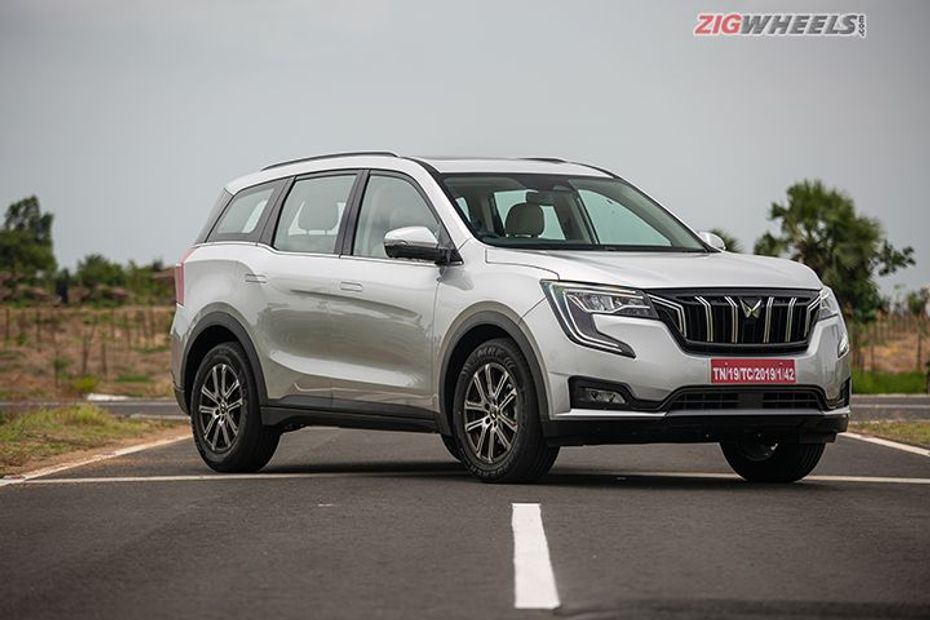
As the name suggests, the XUV700 has to provide a step up over the XUV500 and in the way it looks, it has matured massively. Individual elements aren’t shouting for attention; instead, everything works together to make a more sophisticated impression. Keep in mind, the XUV700 looks much better in person than it does in pictures. Yes, it may not turn heads like the XUV500 did when it was first launched, but it is a design that will grow on you and likely to age more gracefully. Changes in dimensions have improved the SUV’s stance and while it isn’t the biggest in its segment, it can stare its rivals right in the eye.
Dimension Comparison
|
XUV 700 |
Safari |
Alcazar |
Hector+ |
XUV 500 |
|
|
Length |
4695 |
4661 |
4500 |
4720 |
4585 |
|
Width |
1890 |
1894 |
1790 |
1835 |
1890 |
|
Height |
1755 |
1786 |
1675 |
1760 |
1785 |
|
Wheelbase |
2750 |
2741 |
2760 |
2750 |
2700 |

XUV DNA is available in abundance: at the front, the twin C-shaped LED DRLs mimic the headlamp and fog lamp housing connection on other XUVs. Then there’s the furrowed hood for a stronger look. The large DRLs and dynamic turn signals give the XUV700 a very distinctive look, and being an XUV it is packed with features like full-LED lighting all round.
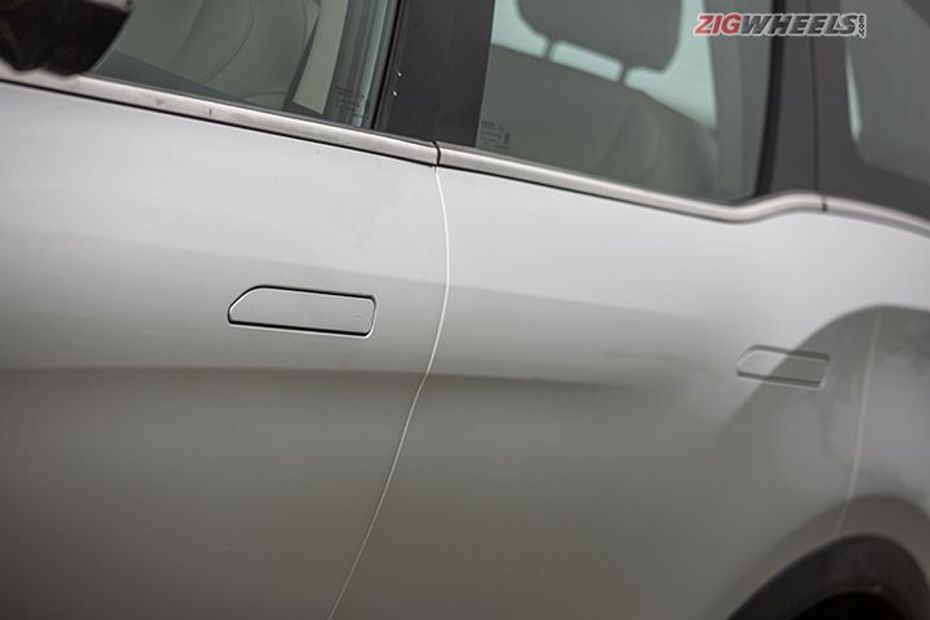
The party piece on the outside has to be the “invisible” door handles, which were suggested by Anand Mahindra. As a result the design and engineering team devised flush-fitting door handles. In the non-motorised design, you press the handle inwards to make it pop out. Then pull the handle to open the door and when you release it the handle sinks seamlessly back into the door. In the motorised versions the handles pop out automatically when the car is unlocked and retract when you start driving or lock the XUV. Our verdict? You get used to them easily, and the non-motorised versions are simpler and work just as well as the motorised versions, if not better.
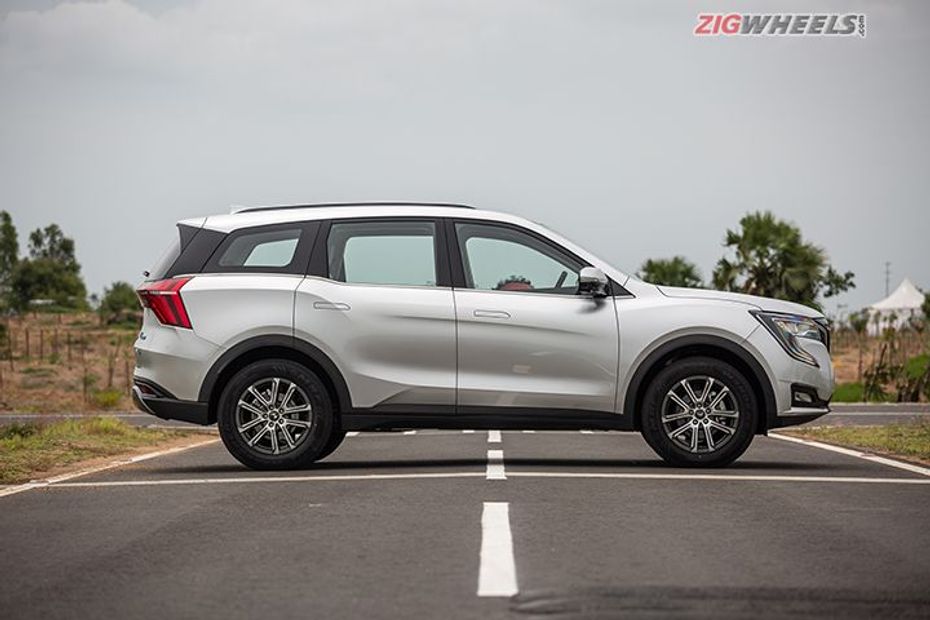
The connection to the XUV500 is subtle but impossible to miss when you view it from the side too. The flared wheel arches and the “kick up” in the window line are very XUV. While the lines are very familiar, they are softer and cleaner. The tail is the most aggressively styled aspect of the XUV700. The arrow-like design for the horizontal tail lamps cuts sharply into the tailgate and it looks all the more fussy because of the housing for the new Mahindra logo; clearly it was slapped on as a last-minute addition to make room for the new logo. Interestingly, the tailgate is made of plastic, necessitated by the sharp design. On the upside the LED tail lamps look striking and premium on the move, and the plastic tailgate would’ve surely saved some weight. Impressively, Mahindra claims that the XUV700 weighs 1620kg, which means it would be about 160kg lighter than the smaller XUV500!
Weapon 2: Inside Story
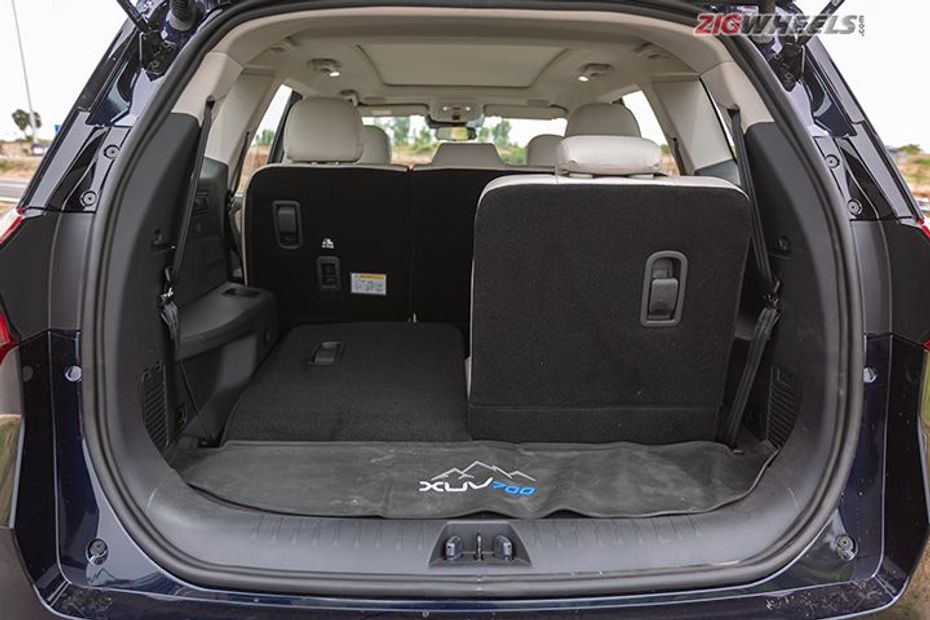
Even starting from all the way back, you can see that the XUV is trying harder, with better boot space even when three rows are in use. Mahindra hasn’t disclosed cargo capacity, but we expect squeezing in a couple of overnighters will be doable. For airport runs you can quickly fold flat the 50:50 split seats to pack large suitcases.
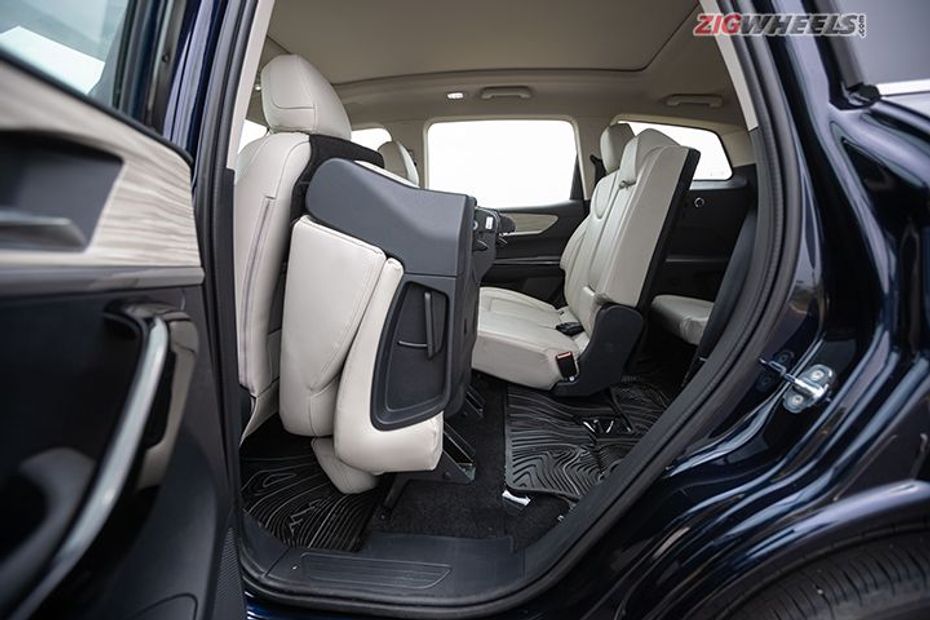
Getting to the third row is easy as the XUV has a one-touch tumble function for the second row seat. Occupants will be set at ease quickly thanks to the width of the seat, the absolutely generous amount of footroom under the second row, and the wide quarter glass. Underthigh support is lacking, but not abysmal, and occupants taller than 5’6” will find the headroom lacking. Mahindra will also offer five-seater versions of the XUV, although this configuration is expected on the lower variants.
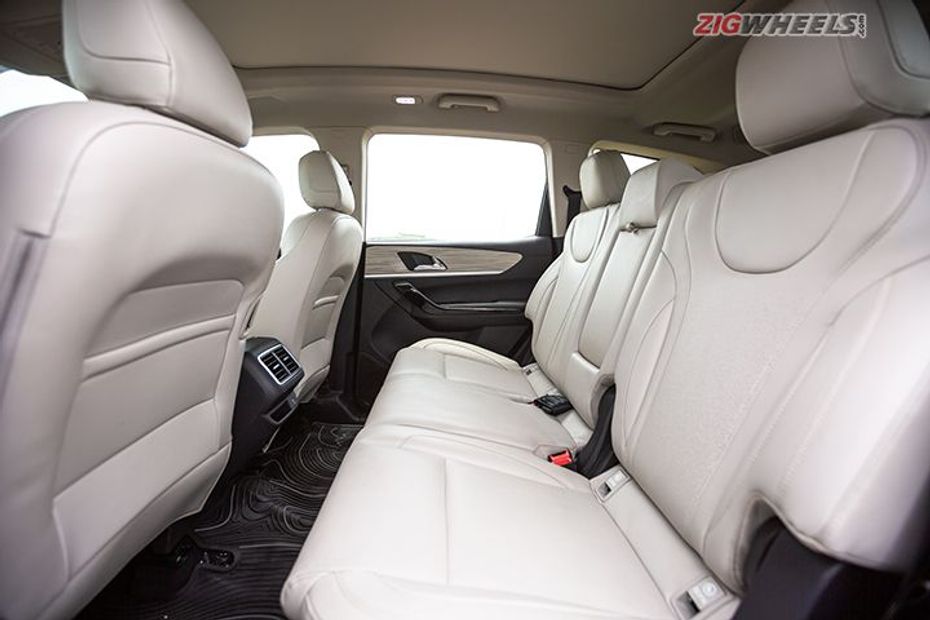
In the second row there’s little reason for complaint; the cabin is airy and you get a great view out too. Even when sat behind a six-footer there is abundant kneeroom, and the generous foot room heightens the sense of comfort as you can stretch your legs further forward. Families will appreciate the second row as the wide cabin and flat floor make it welcoming for three. The basics hit the spot even in the front seats to keep you comfortable. The quality and finish of the cabin will also please, the leatherette wrap and the stitching for the dash is perfectly executed and even the less premium materials don’t look tacky. It is a classy looking dash.
Weapon 3: Feature List
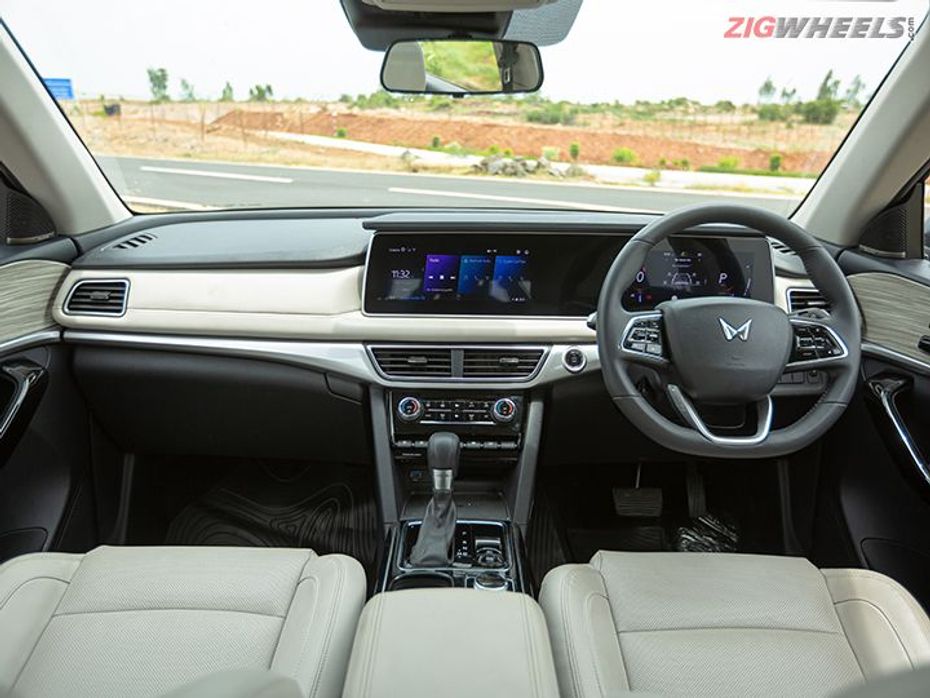
The feature list is impressive for its length and how it’s been spread out. Even the base MX variant gets an 8” touchscreen system and Android Auto and 7” digital display for the driver. It also packs steering-mounted controls and power-adjustable ORVMs. The next variant, the AX3, gets the AdrenoX system which uses two 10.25” screens to create a digital dashboard. One screen is a touchscreen for the infotainment while the other is for the driver’s instrument cluster, a’la Mercedes. It is paired with a 6-speaker audio setup, wireless Android Auto, Apple CarPlay and Alexa Assistant. You also get connected car tech with 60 features from this variant. It’s the AX5 that packs this panoramic sunroof and adds curtain airbags that extend all the way to the 3rd row. And when you get to the AX7 variant you get the dual-zone climate control, special leatherette upholstery, a six-way powered seat for the driver with memory function, air purifier and side airbags.
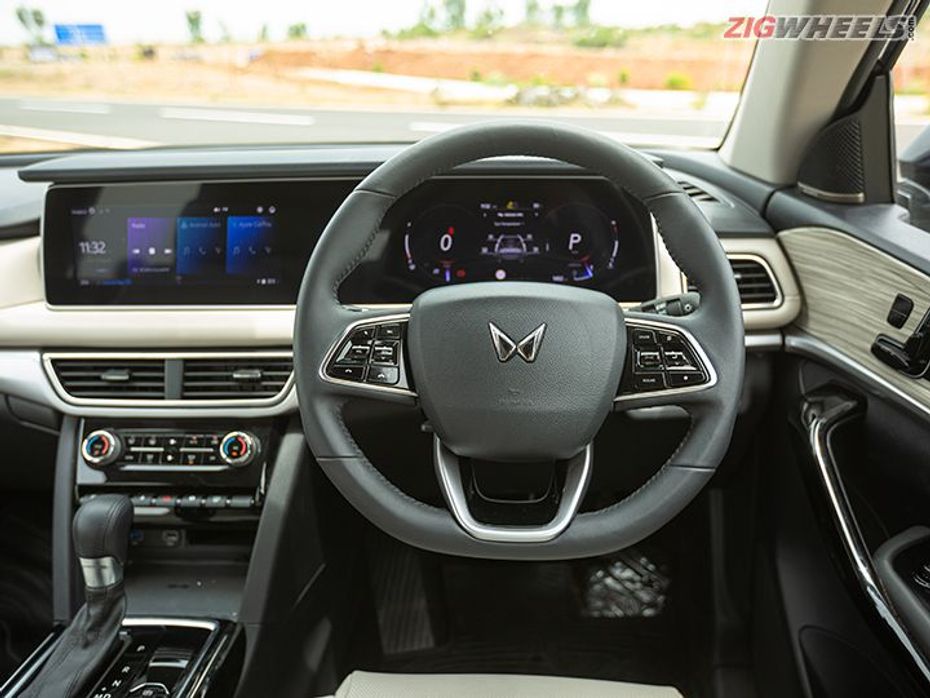
It should be said that the digital displays are sharp and bright and the UI is classy too. The driver’s cluster gets three different layouts to choose from, subtly altering graphics and layouts while providing more or less information. There are plenty of customisation options for the main menus and you can also personalise alert sounds: for example, using a family member’s voice message as the overspeeding alert. There are other cool features too like a lap timer, in case you were planning a track attack! There’s also a digital video recorder that, much like a dash cam, records footage from the 360-degree camera setup, and stores it as a log in case of any accident.
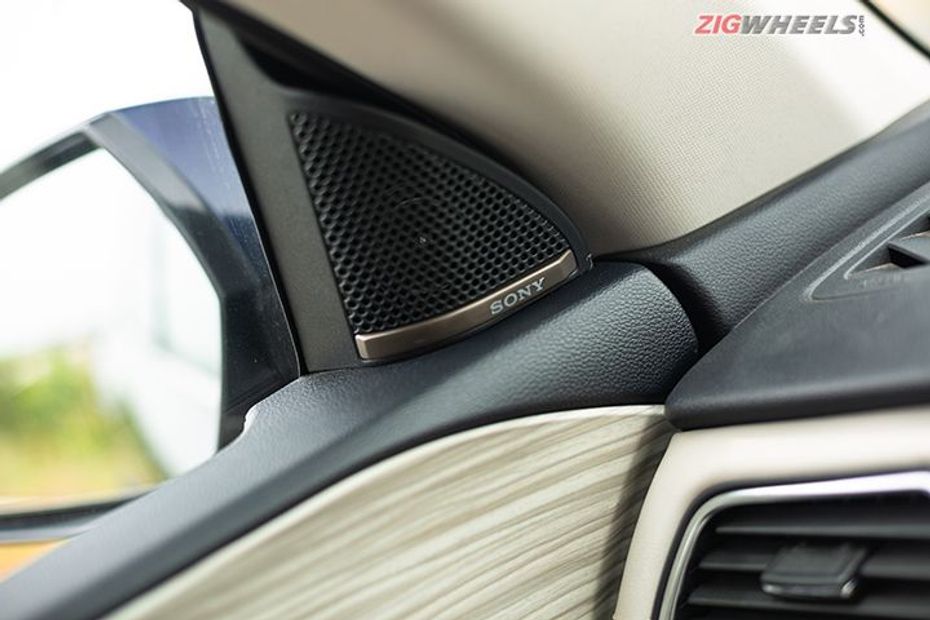
Which brings us to the wow features. The stellar twelve-speaker and amplifier-equipped Sony sound system, the 360-degree camera, the accompanying blindspot monitor and electronic parking brake are going to be offered as add-on packs, so you could get these on lower AX trims too! It is likely that the packs as denoted by the XUV 700 L and XUV 700 T badges on the test cars will be Luxury and Tech packs. So they aren’t a part of the AX7 trim specifically. So what does the AX7 trim really stand out for? Head to the next weapon to find out.
Weapon 4 - The Safety kit
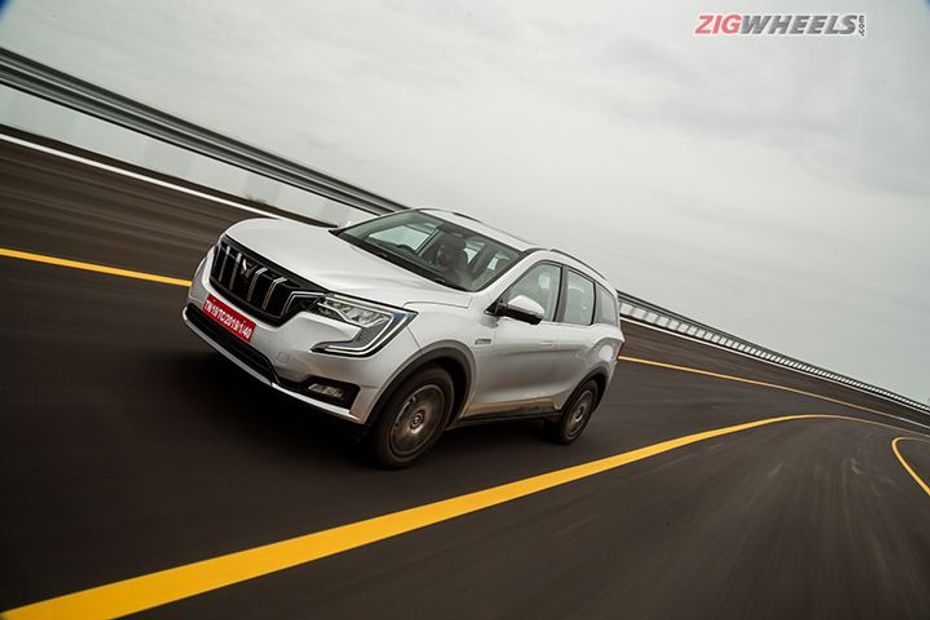
The XUV, in its AX7 version, doesn’t just want to keep you safe in case of an accident; it wants to keep you out of accidents, for which it gets radar and camera-based ADAS technology. Advanced Driver Assistance Systems like Lane Keep Assist (LKA), Lane Departure Warning (LDW), Auto-Emergency Braking (AEB) and Adaptive Cruise Control (ACC) are segment-first features that will intervene to keep you safer on the road. Despite having limited time to try out the features it was easy to get used to the system’s inputs and learn to work with them for a smoother, less stressful drive.

These systems, developed by Mando of Korea, have been trained for Indian conditions. As a result the adaptive cruise control understands that cars here follow each other more closely than elsewhere in the world; a brief absence of lane markings don’t faze the LKA, and the AEB doesn’t get confused or startled by the chaos on Indian roads. These systems can be customised for sensitivity, eagerness of intervention, or can be used to just alert you. Or, you could switch them off altogether.
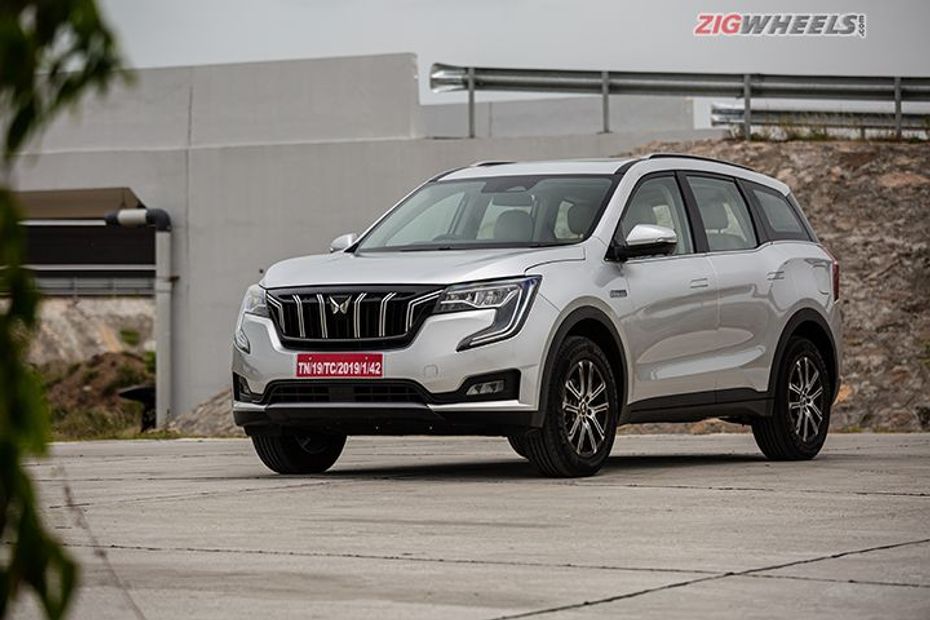
Aside from this you get the latest generation ESC with a multitude of technologies like hill-hold, disc wiping and secondary collision mitigation (SCM). In case of an impact SCM keeps the brakes applied, thus preventing the car from rolling ahead and into another possible collision. The XUV also offers disc brakes on all four wheels and seven airbags, including a knee airbag on the top end AX7 variant.
Weapon 5 - Power!!
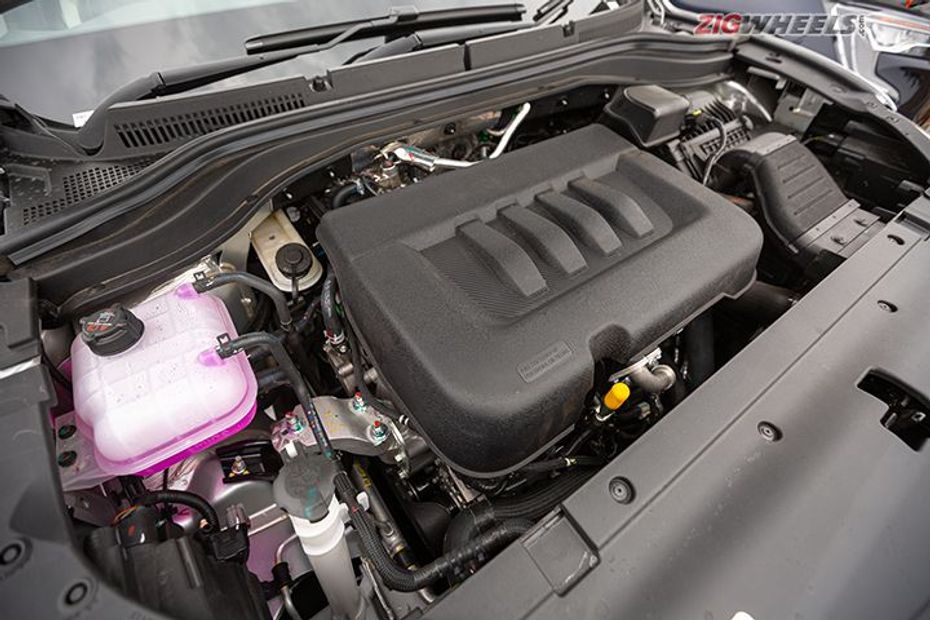
The XUV is offering you the power of choice as it has all-aluminium petrol and diesel engines, and choice of a six-speed manual or automatic gearbox on both. These drivetrains are shared with the Thar, but come in a higher state of tune in the XUV. The 2 litre turbo-petrol makes 200PS of power and 380Nm of torque. The 2.2 litre turbo-diesel is available in three states of tune, the lowest with 156PS and 360Nm of torque is offered on the MX variant. The AX variants get the 185PS version, however torque is capped at 420Nm for manual gearbox, while the automatic version gets the full 450Nm. Mahindra is offering AWD too, but only on the diesel. We drove the petrol-automatic and the diesel-manual combinations.
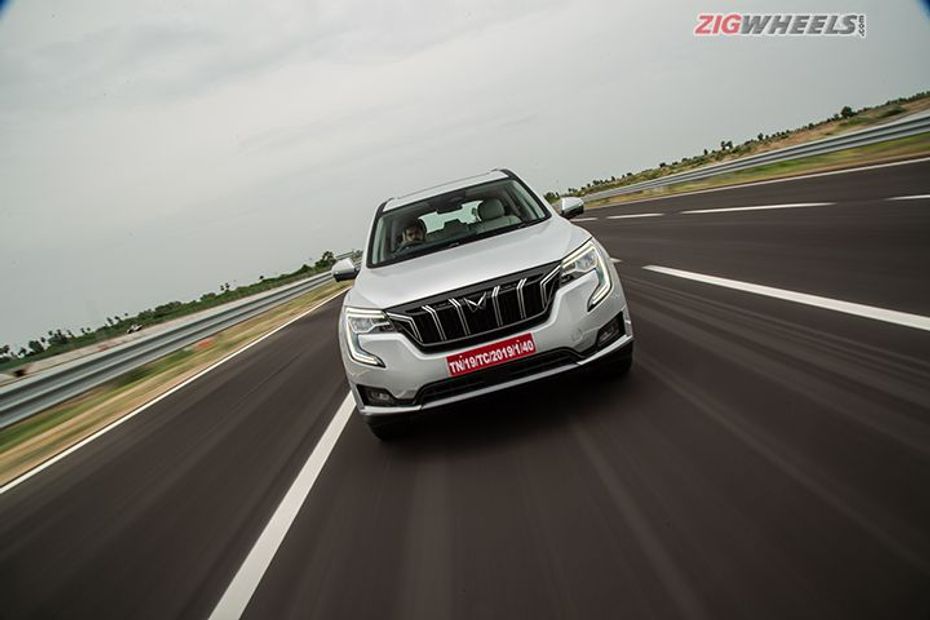
The petrol engine is refined and gutsy, pulling strongly from low revs without getting its feathers ruffled. Calm commuting or stints on the highway will be right up its alley. The shifts from the gearbox are smooth, but it isn’t exactly sporty. However, the abundance of torque makes up for it. It should be quick, but just how thirsty will it be? The heavier Thar returns about 9-12kmpl with the same engine but is in a lower state of tune.

The diesel motor felt more impressive, calm and well-mannered when tackling small towns. You need to shift down to second for speeds below 25kmph, but the gear shifts are smooth and the clutch is light. When accelerating it responds with a satisfying sense of urgency typical of diesels. Equipped with drive modes, the engine can be calm or racy, depending on your mood. The Zip mode with the light steering and linear power delivery is best for calm commuting. Zap makes the steering heavier and dials up the responsiveness from the engine, perfect for hurried commutes. Zoom makes the torque rush feverish, such that getting wheelspin coming out of corners is all too easy! In the Custom mode you can choose from the Engine, Steering, Brakes (ABS intervention), Transmission (automatic only), and Climate Control settings too.
Weapon 6 - Versatility
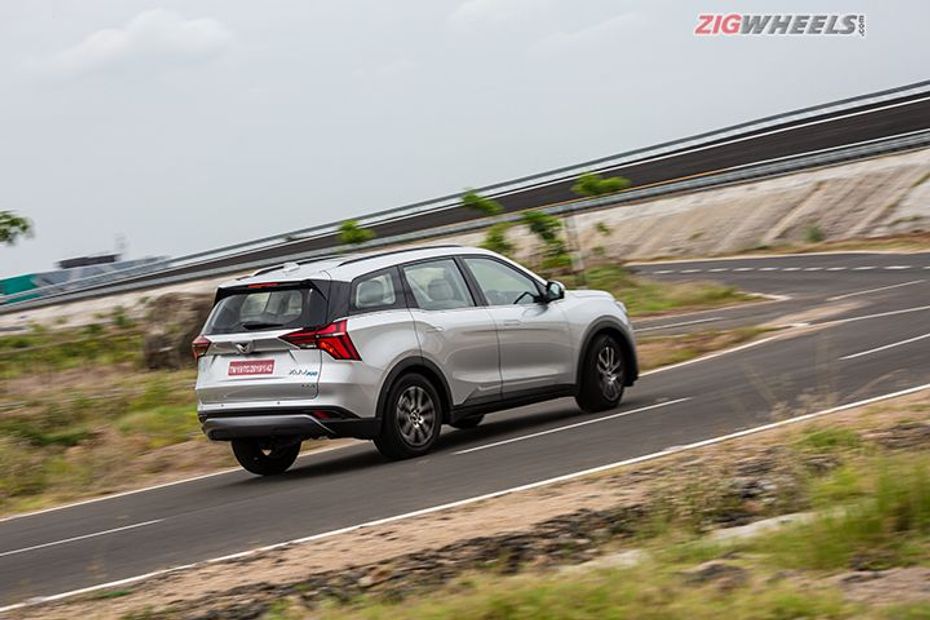
The XUV’s versatility runs a lot deeper now and that's down to its bones. Underpinned by a new, more rigid monocoque chassis that has FSD dampers and a new generation multi-link rear suspension the XUV has matured in the way it drives too. No longer are you fighting the steering even as you encounter rough surfaces, the suspension soaking up the rudeness with ease.
There is confidence over bumps and it feels planted at high speeds too--as a result it won't feel tiring for the driver or the occupants over longer distances.
For off-road ability there is ample ground clearance, although official figures haven’t been shared yet. The diesel’s all-wheel drive setup will make it more capable while rough roading; just don’t think of the electronically operated multi-plate clutch system as a hard-core off-road system.
Chinks in its armour…

While the XUV 700 packs an assortment of potent weapons, it has a few chinks in its armour.
For instance, diesel clatter is audible in the cabin when accelerating hard; as is, it's good enough to be acceptable, but not good enough to make you feel cocooned.
The rear suspension could be a bit firmer too, reducing squatting under acceleration, thereby making it a smoother ride for the occupants. Driving enthusiasts will ask for more grip to hustle the XUV through corners too. It has a tendency to gently and gradually understeer, which won’t encourage you to dig deeper into the new chassis’ potential. Wider tyres could help too as the 235/60 R18s squeal in protest when hustled through corners. The lack of feel from the steering makes the experience a bit more distant.

Other misses, like the design for the front door pads that rise above the window line significantly. This design makes room for the switches controlling the driver’s seat. Pragmatic buyers will point out that it is a problem for those on the outside; the occupants won’t notice it.
The user interface is a bit clumsy too: for instance you can’t switch drive modes from the physical switch on the centre console. This switch only brings up the Drive Mode menu, then necessitating a touch to select the mode. Basic feature misses like auto-dimming IRVM, or front parking sensors are sure to be felt by some. While on the other hand, wow feature misses like ambient lighting, ventilated seats or sun shades will be noticed by many more. However, the absence of these features isn’t a deal breaker.
The final chink in its armour.

Mahindra, very wisely, shared prices of the XUV 700 prior to the drive, because as we experienced, it has its shortcomings. In the way it drives it could be more engaging, in terms of the cabin experience it could be more sophisticated, and in terms of its features list there are a few gaps. But, as is, it comes across as a very sensible, usable and family-friendly machine that packs potent engines and incredible segment-first safety technology. When you combine it with the aggressive price point indicated by Mahindra the biggest chink in the XUV 700’s armour becomes obvious: patience. The XUV is likely to test yours, because as likely as not, the waiting list for this Mahindra is going to be long, very long.
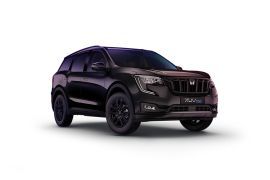

Leaked Images Suggest Mahindra XUV700 Production May Have Begun

2022 Mahindra Scorpio N First Drive: Perfect Middle Ground?

Maruti Suzuki Grand Vitara 2022 Review | Does It Live Up To The Hype?

2022 Maruti Ertiga CNG Review: Is The Only Green MPV In India Worth...

2023 Tata Safari Facelift Review

2023 Tata Harrier Review: Much More Than A Facelift

Maruti Brezza Vs Hyundai Venue Vs Tata Nexon – Ride And Handling

2022 Maruti Suzuki Brezza First Drive Review: Pricier! Techier!...

Toyota Innova HyCross Review: The Perfect Marriage between SUV and...
 Toyota Innova Crysta
Toyota Innova Crysta
 Mahindra Scorpio N
Mahindra Scorpio N
 Maruti Grand Vitara
Maruti Grand Vitara
 Maruti Ertiga
Maruti Ertiga
 Tata Safari
Tata Safari
India's largest automotive community
 Is The Skoda Kylaq Value For Money?: Pros And Cons Explained
Is The Skoda Kylaq Value For Money?: Pros And Cons Explained
 Hyundai Creta Electric Vs Maruti e Vitara: Which Electric SUV Gets More Features?
Hyundai Creta Electric Vs Maruti e Vitara: Which Electric SUV Gets More Features?
 Auto Expo 2025: Check Out New Cars From Mercedes-Benz Showcased At Bharat Mobility Global Expo 2025
Auto Expo 2025: Check Out New Cars From Mercedes-Benz Showcased At Bharat Mobility Global Expo 2025
 EXCLUSIVE: Kia Carens Facelift Will Be Sold Alongside The Current Model, Likely To Get A New Name!
EXCLUSIVE: Kia Carens Facelift Will Be Sold Alongside The Current Model, Likely To Get A New Name!
 Mahindra Scorpio N
Rs. 13.99 Lakh
Mahindra Scorpio N
Rs. 13.99 Lakh
 Mahindra Thar ROXX
Rs. 12.99 Lakh
Mahindra Thar ROXX
Rs. 12.99 Lakh
 Mahindra Bolero
Rs. 9.79 Lakh
Mahindra Bolero
Rs. 9.79 Lakh
 Mahindra Scorpio
Rs. 13.61 Lakh
Mahindra Scorpio
Rs. 13.61 Lakh
 Mahindra Thar
Rs. 11.49 Lakh
Mahindra Thar
Rs. 11.49 Lakh
 Tata Punch
Rs. 5.99 Lakh
Tata Punch
Rs. 5.99 Lakh
 Hyundai Creta
Rs. 11.10 Lakh
Hyundai Creta
Rs. 11.10 Lakh
 Mahindra Thar ROXX
Rs. 12.99 Lakh
Mahindra Thar ROXX
Rs. 12.99 Lakh
 Tata Nexon
Rs. 7.99 Lakh
Tata Nexon
Rs. 7.99 Lakh
 Mahindra XUV700
Rs. 13.99 Lakh
Mahindra XUV700
Rs. 13.99 Lakh